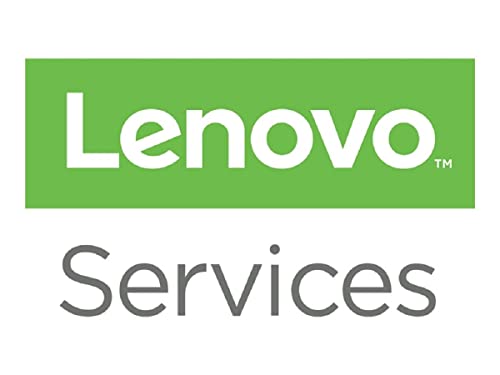Click on the green button to load the product images.
By loading the product images you accept Amazon’s privacy policy. Learn more
The future of our cities: life in the city 2.0
Who would have thought that our cities would develop at such a rapid pace? Long gone are the days when monotonous high-rise developments or congested streets dominated our everyday lives. The city of the future offers much more than that: from environmentally friendly energy sources to innovative mobility concepts to new living and working space solutions – life in future urban spaces will be more sustainable, efficient and livable. But before we get caught up in the subjunctive, let’s take a look at the most exciting tendencies and developments.
Renewable energies as a driver of change
What once began as the great promise of the energy transition has now firmly taken hold of urban life: renewable energies have become an integral part of our cities. Solar cells on house roofs, wind turbines on office buildings or hydroelectric power plants on the banks of rivers – these are no longer science fiction scenarios, but are already reality in many places.
The mobility of tomorrow – connected and green
Getting around is one of the most important aspects of urban life and we are currently experiencing a revolution here too. Instead of promoting private transport with combustion engines, cities are increasingly turning to sustainable alternatives. Electric cars, e-bikes, e-scooters and car sharing offers are already shaping the street scene in many places. And it goes even further: autonomous vehicles could soon complement or even replace local public transport. This networked mobility not only allows us to move through urban spaces in a more environmentally conscious manner, but also more effectively.
Departure into the vertical world – innovative living concepts
Given the rapidly growing world population and the need for living space in our cities, innovative living concepts are becoming increasingly important. One answer to this is vertical gardens and so-called “residential skyscrapers”: gigantic high-rise buildings that connect apartments, work spaces, green spaces and even agricultural areas. In these impressive buildings, the entire living space can be accommodated in a small area, but there are no compromises on the quality of life or on the environment.
Feel good in the Smart City
City 2.0 also relies on intelligent technologies to make people’s lives more pleasant: sensors for real-time monitoring of air quality and traffic flows, energy-saving lighting or even sustainable building technology systems – the possibilities are almost endless. When all these aspects come together, what is created is not a dystopian surveillance state, but rather an urban space in which people of all ages and from all walks of life can feel safe, comfortable and at home.
In summary, we are facing an exciting time full of changes that will make living together in our cities more livable, environmentally friendly and sustainable. City 2.0 is not a utopia, but can become a reality for all of us. It is up to us to shape and continue this change.


- Lenovo 5Y FDN SVC NBD – December 26, 2023
- Xiaomi Redmi Note 12 Pro Smartphone + Headphones, 8+256GB, Mobile Phone without Contract, 6.67″ FHD+ AMOLED DotDisplay, 5,000 mAh, 108MP Camera, 67W Turbo Charging, Dual SIM, Gray (2 Year Warranty + DE Version) – December 26, 2023
- Canton 03176 speaker system (music capacity: center 110 watts, satellite/surround 100 watts, active subwoofer 250 watts) white – December 26, 2023

